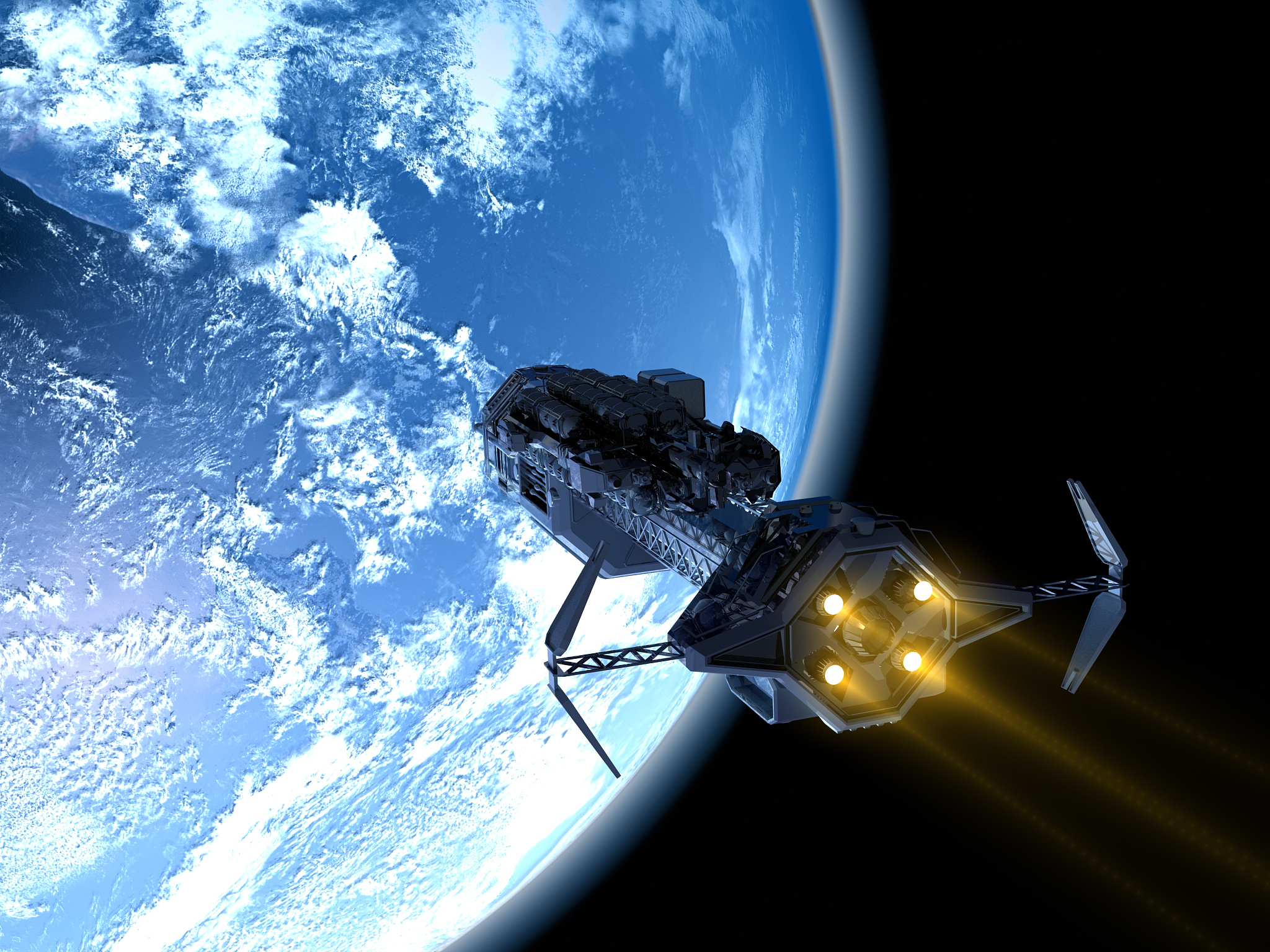Space Shuttle: A History of Innovation and Exploration
For questions 1 – 8, choose the correct letter A, B, C or D.
- A habitat B place C position D setting
- A notable B notably C notice D noticing
- A Although B Even C Still D Yet
- A about B for C to D with
- A across B on C out D through
- A knew B knowing C known D knows
- A communicated B linked C related D travelled
- A at B for C on D to
The space shuttle launched for 135 missions and each lasted for one or two weeks. The first mission was in 1981 and the last was in 2011. The combined distance travelled by all five orbiters is 513.7 million miles (826.7 million km), or 1.3 times the distance between Earth and Jupiter. Each orbiter, except for Challenger, travelled farther than the distance between Earth and the sun.
Only one president was on hand to witness a space shuttle launch. President Bill Clinton, along with his wife Hillary Clinton, watched Mercury astronaut John Glenn's return to space on the STS-95 flight on 29th October 1998 from the Kennedy Space Center in Florida. President Obama had planned to watch the shuttle Endeavour lift off on its final mission STS-134, on 29th April 2011, but that launch was delayed. The President and his family did visit the spaceport anyway.
The space shuttle was not just a mode of transport: it was a laboratory, too. There were 22 Spacelab missions, or missions where science, astronomy, and physics were studied inside a special module carried on the space shuttle. The Spacelab, a reusable laboratory built for use on space shuttle flights, allowed scientists to perform experiments in microgravity. Starting in 1983, animals became a prime component of space science on Challenger's missions. On the STS-7 mission, the social activities of ant colonies in zero gravity were examined, and during STS-8, six rats were flown in the Animal Enclosure module so animal behaviour in space could be studied.
The space shuttle's Thermal Protection System, or heat shield, contained more than 30,000 tiles that are constructed essentially of sand. All of the tiles were thoroughly inspected and replaced as needed before every mission to ensure the safety of the crew. These tiles protected the shuttle from the extreme heat experienced during re-entry. In fact, the temperature on the surface of the shuttle's heat shield could reach as high as 1,650 degrees Celsius (3,000 degrees Fahrenheit) during re-entry.
- D
- A
- A
- B
- A
- C
- A
- C

原文地址: https://www.cveoy.top/t/topic/oYXC 著作权归作者所有。请勿转载和采集!